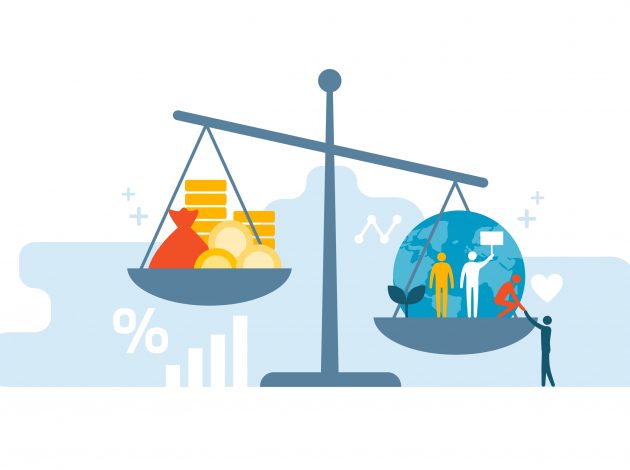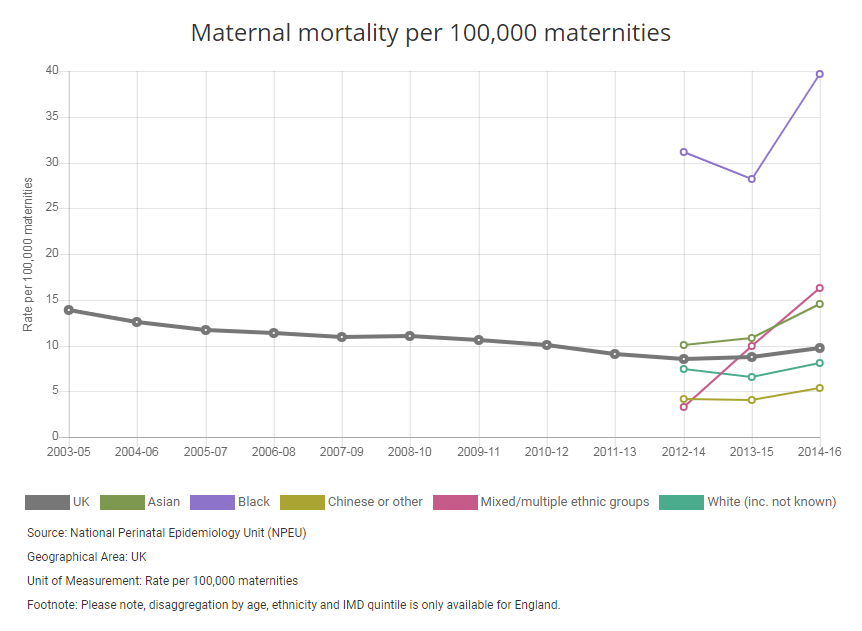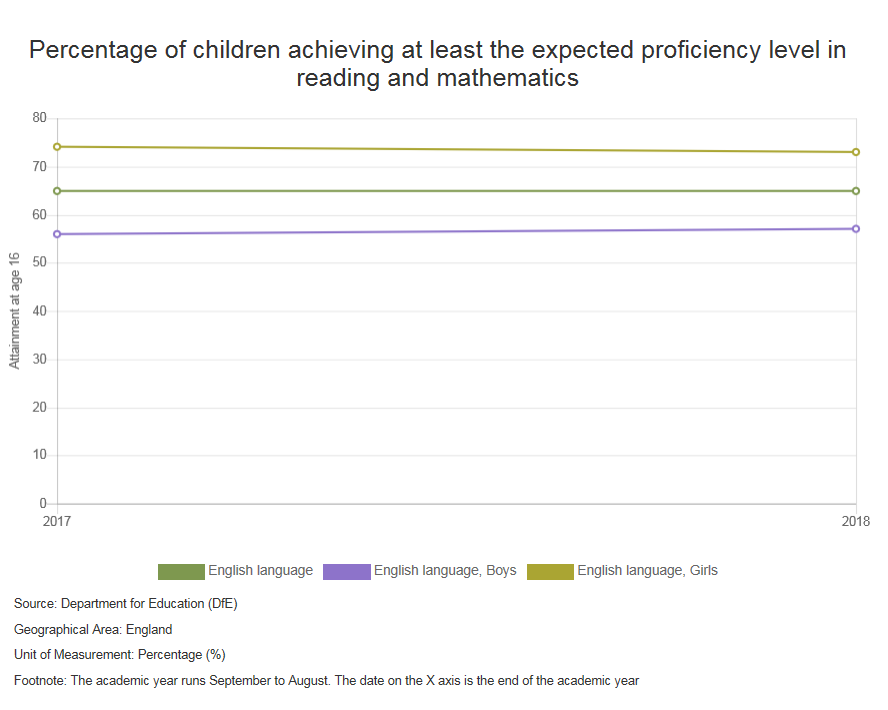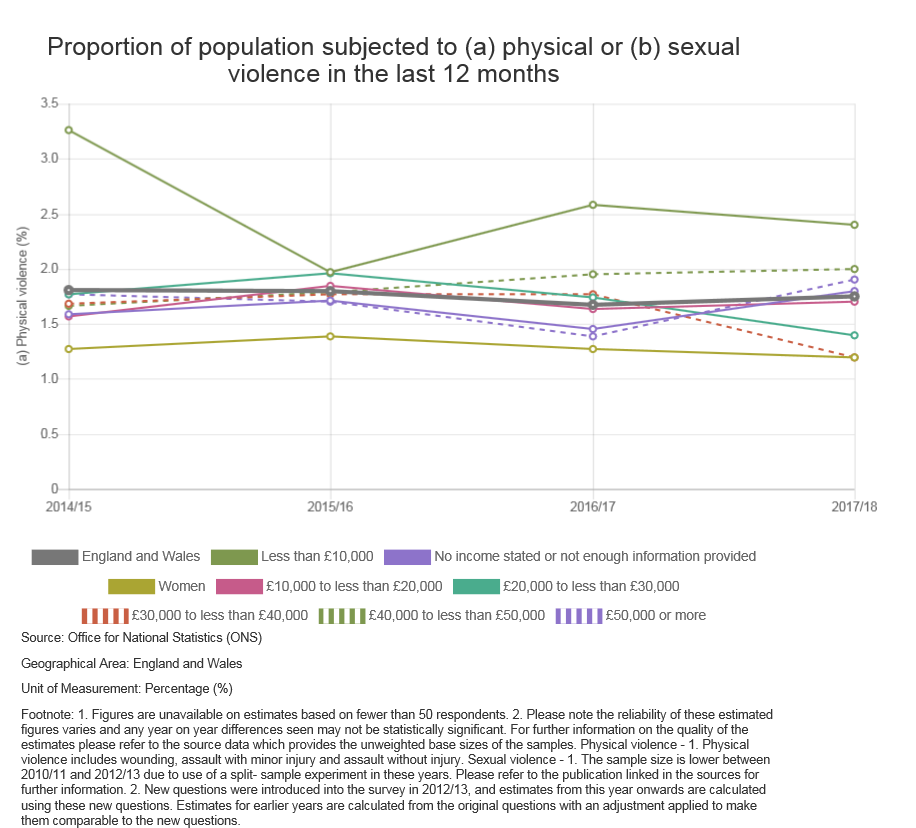Shining a Light on Global Inequality: Sustainable Development Goals Update

The UN’s Sustainable Development Goals aim to provide the statistical evidence base to help tackle big global issues including climate change, poverty and wider inequalities. Joanne Evans updates National Statistical readers on progress so far and how the latest ONS work is helping to highlight aspects of our society that might otherwise be overlooked.
Five years ago, UN member states committed to adopting and actioning the world’s new Sustainable Development Goals. These were described at the time as a ‘to-do list for people and planet’ which aimed to end poverty, halt climate change and reduce inequalities – all by 2030.
At the Office for National Statistics we are responsible for making sure the UK publishes information against each of the seventeen goals to demonstrate the progress we’re making to becoming a more sustainable society.
We have so far collected UK data for 78% of the 244 global indicators at the headline level. We’ve learned about renewable energy and clean air, the progress we’re making towards sustaining income growth of the poorest 40% of the population faster than the national average, and that the UK has dropped in child mortality rankings.
However, we want to go beyond these to give more information about how these large goals affect different groups within our society. With new data we can disaggregate larger measures to see how issues like ethnicity, disability, age, income, sex and geography can change the way we see issues like poverty in the UK.
Already we have found some interesting insights through this process which ask questions of our policy makers:
- Data for maternal mortality broken down by ethnicity shows that black women are up to four times more likely to die in pregnancy than the UK average.

- For the last two years girls under 16 have been around 20 per cent more likely to achieve the expected grades in English Language than boys the same age.

- Why are women living in households with an income of less than £10,000 a year nearly three times as likely as those with household incomes of £40,000 to £50000 to be victims of sexual violence?

- The proportion of people with long-standing illnesses or disabilities that limit their activities who feel safe walking alone after dark is 16% smaller than those without an illness or disability.
Disaggregated data helps us identify those who are at risk of being left behind and helps decision makers understand who is vulnerable so that they can develop targeted and effective policies and programmes. While we have been able to shine a light on vulnerable groups for some of these 244 indicators, there’s a long way to go as outlined in more detail in the UK’s recent voluntary National Review of it’s progress towards the SDGs.
We know that official data will help us fill some of these data gaps, particularly around income, sex, age or geographic location. But what about people who aren’t easily identifiable in our traditional datasets, if they’re in them at all? Homeless people, people in care homes, looked after children, veterans? Or topic areas where we don’t regularly collect data, like plastic in the oceans. To find data on these issues, we will need to look further afield and we’re hoping that working together with statistical offices in other countries, or with international organisations, we can find new and innovative solutions to fill our data gaps
We are just starting on this second leg of our journey, as we get closer to 2020 and what is being called the ‘decade of delivery’ for SDGs. If you think you have data, analysis, or methods that can help us along, then please get in touch.
All of the data discussed in this blog can be found on the UK’s SDG website where there is full reporting of all the measures used against the goals so far.

Joanne Evans is the Head of International Collaboration for Sustainable Development Goals at the ONS